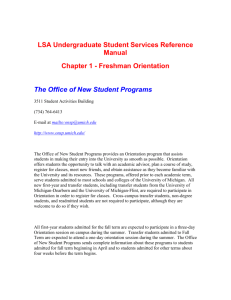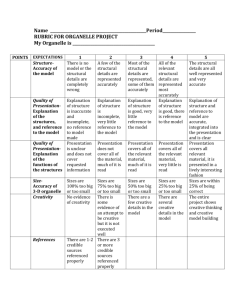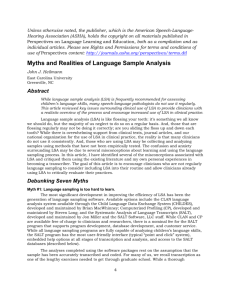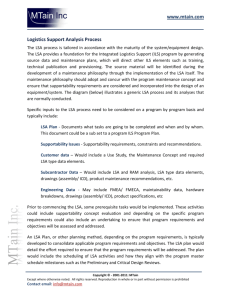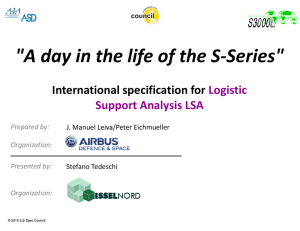3. Research Questions - IEA-ETS Research Institute (IERI)
advertisement
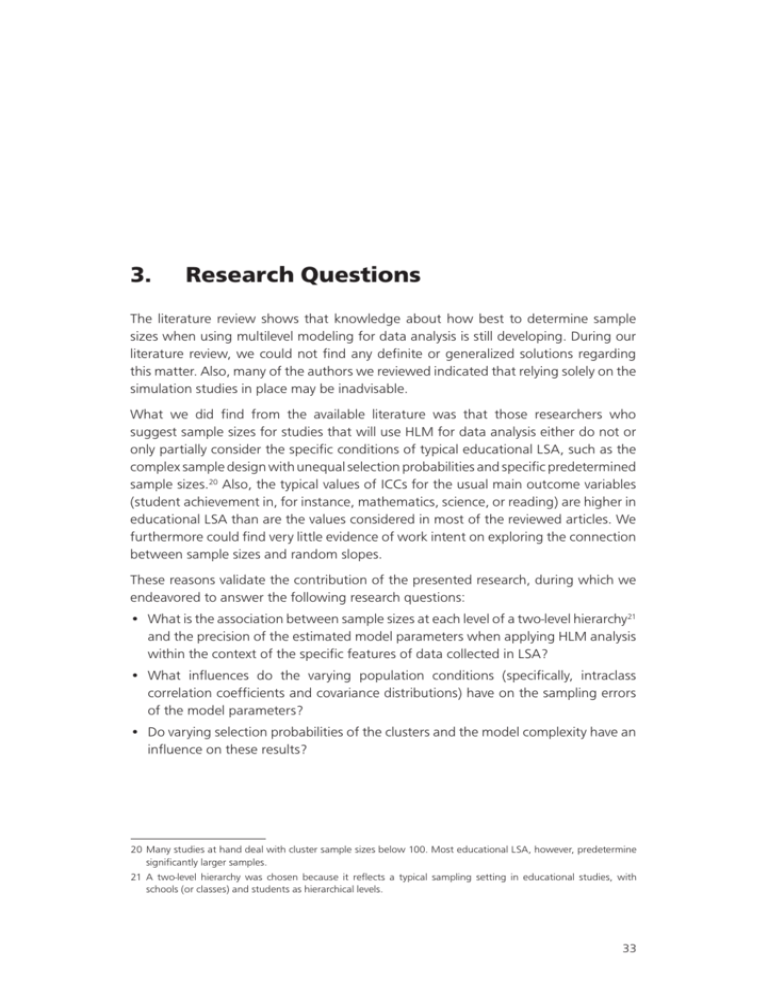
literature review 3. Research Questions The literature review shows that knowledge about how best to determine sample sizes when using multilevel modeling for data analysis is still developing. During our literature review, we could not find any definite or generalized solutions regarding this matter. Also, many of the authors we reviewed indicated that relying solely on the simulation studies in place may be inadvisable. What we did find from the available literature was that those researchers who suggest sample sizes for studies that will use HLM for data analysis either do not or only partially consider the specific conditions of typical educational LSA, such as the complex sample design with unequal selection probabilities and specific predetermined sample sizes.20 Also, the typical values of ICCs for the usual main outcome variables (student achievement in, for instance, mathematics, science, or reading) are higher in educational LSA than are the values considered in most of the reviewed articles. We furthermore could find very little evidence of work intent on exploring the connection between sample sizes and random slopes. These reasons validate the contribution of the presented research, during which we endeavored to answer the following research questions: • What is the association between sample sizes at each level of a two-level hierarchy21 and the precision of the estimated model parameters when applying HLM analysis within the context of the specific features of data collected in LSA? • What influences do the varying population conditions (specifically, intraclass correlation coefficients and covariance distributions) have on the sampling errors of the model parameters? • Do varying selection probabilities of the clusters and the model complexity have an influence on these results? 20Many studies at hand deal with cluster sample sizes below 100. Most educational LSA, however, predetermine significantly larger samples. 21 A two-level hierarchy was chosen because it reflects a typical sampling setting in educational studies, with schools (or classes) and students as hierarchical levels. 33 IERI MONOGRAPH SERIES: ISSUES AND METHODOLOGIES IN LARGE-SCALE ASSESSMENTS special issue Tables and graphs showing the relationships between sample sizes and the precision of the results in specific hierarchical models, to the extent to which they depend on the sampling error,22 are the outcomes of this research. The information contained in this material should enable researchers to optimize, in a straightforward way, sampling precision within their respective study designs. This information should also enable researchers conducting secondary analysis of available LSA datasets to evaluate, in advance, the precision range that they can expect—with respect to their research questions—from the data. As an important side-effect, the survey design can also be optimized in terms of cost, given that adaptations of sample sizes at different levels of the hierarchy always have cost implications. We consider, in our exploration of these conditions, the specifics of data collected in educational LSA. 22The measurement error and the dependency of the model accuracy on the applied estimation method are not the subject of this research. Interested readers should consult Wu (2010) for further information on error terms in LSA. 34




